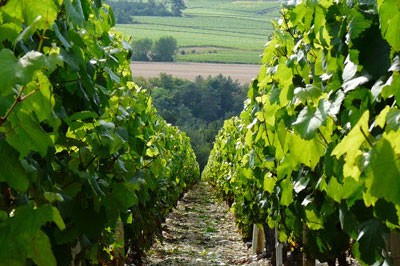Nowhere in the Côte de Beaune does the Chardonnay grape do better than it does in the ‘golden triangle’ of Meursault, Chassagne-Montrachet and Puligny-Montrachet. Meursault winemakers are white specialists, making rich and luxurious wines from the Chardonnay grape. There are appreciable differences in and among the wines of the different Meursault climats, and indeed among the producers too. This translates into two distinct types of Meursault wine—‘traditional’ and more ‘contemporary’ in style. The best soils are found at heights of 260-270 meters with exposures along an arc between east and south. Power and balance between alcohol and acidity give many Meursault wines their ‘noble’ character. Produced only in the commune of Meursault, appellation Meursault includes 19 Premiers Crus.

